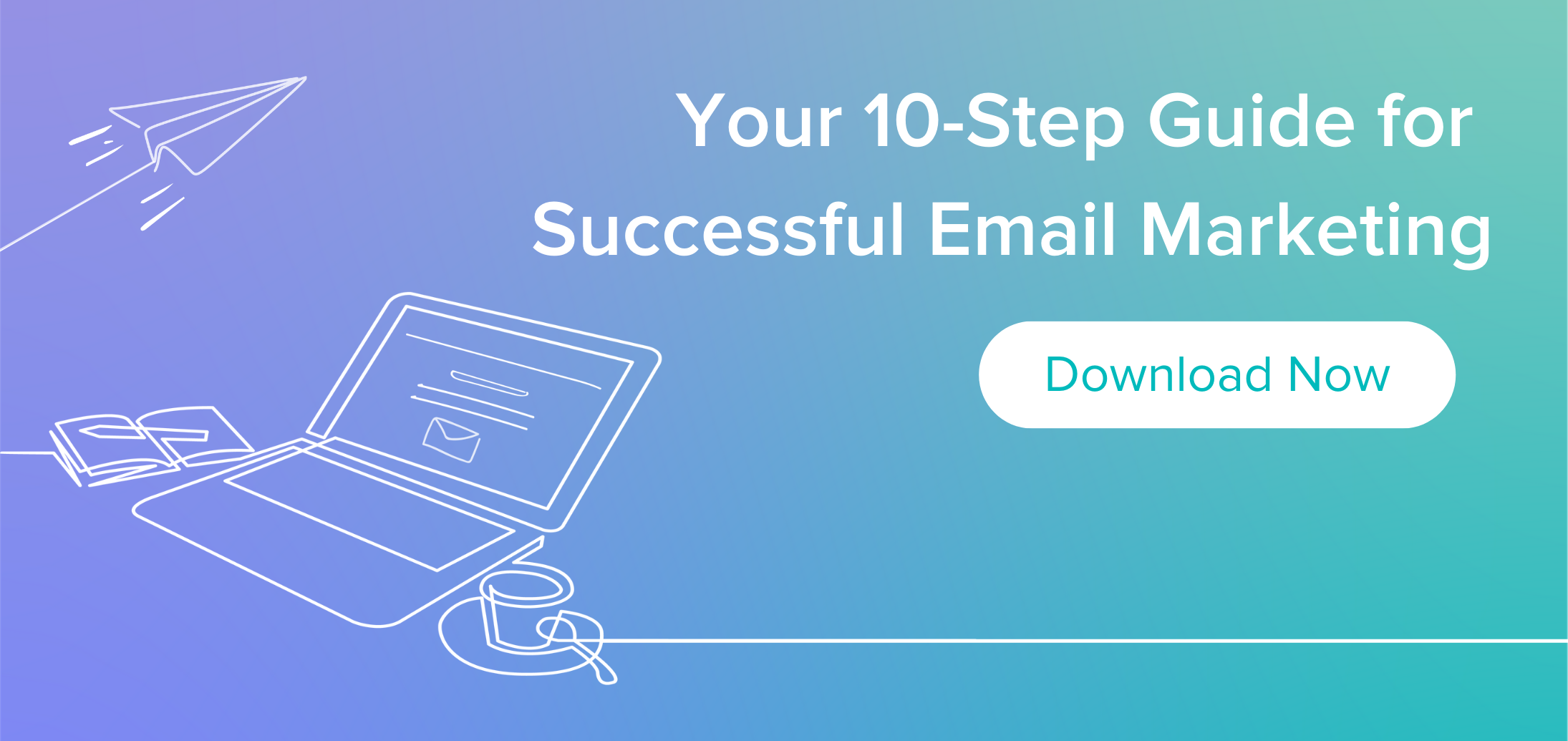Sales can be an interesting, fun, and challenging journey, to say the least. Especially during times of uncertainty, agility is the name of the game, as uncertain periods are when communication norms, customer expectations, and buying habits change the most. Salespeople have to be in tune with the world around them so they can understand and adapt to what their buyers might be going through and how the world around them is impacting business.
But simply being agile isn't enough. Salespeople have to have empathy.
If you're not empathetic, you'll come across as harsh and thoughtless during sales conversations, which can position your brand as out-of-touch and send your sales numbers down the drain.
Empathy in Action
Putting yourself in your potential customers' shoes and actively working to understand their unique situations and concerns is vital for successful sales conversations. Slapping a generic "I know times are crazy these days ..." at the beginning of emails won't cut it.
Let's take a look at this message I received on LinkedIn:
Hi Natalie,
Let's get something on the calendar. While the world is at home, only [Company] has 48 million mobile numbers and a much higher rate of mobiles and direct dials than [Competitor Company] and less expensive updated every 90 days by 250 researchers.
It is painfully obvious that this is a generic message the company sends to countless recipients. This person clearly didn't do any research about me or my company to learn about what we do and how this specific service might fulfill our needs. The only mention of me is in the salutation; the rest of the message is solely about the company.
But here's the secret: Focus less on "I" and "me" in your messages and instead make sure you include "you" statements that are customized to the recipient. You have to actually showcase to your buyers that you have put in the time and effort to understand their challenges and are trying to provide value to them. That's empathy in the sales process.
Don't worry — I won't show you examples of only what not to do. Here's another message I received that hits the nail on the head in terms of empathy:
Hi Natalie,
I hope this note finds you well!
In recently taking a look at Influence & Co.'s site visitor experience, I noticed a few takeaways:
- Everyone is treated the same whether they are a new prospect, return visitor, or current customer.
- The chatbot on the site greets the visitor with a passive, closed-ended question, when it could include CTAs like a) talk to sales, b) book a meeting, c) browse our content.
Lead forms can take 2-3 business days to even get turned into prospect engagement. Would love to talk strategy on ways we can convert more leads and pipeline for Influence & Co.
What is your schedule like next week?
This message shows me that this person put in the work to discover gaps they could help my company fill — and honestly, it probably took them only five minutes of research. When reading this email, I felt heard and respected and like this person took the time to consider concrete ways their company could help.
Want to see some examples of great cold outreach emails that have worked well for us?  !
!
3 Questions to Ask Yourself During the Sales Process
Empathy in the sales process starts with awareness and striving to understand your potential customers. What might take an extra few minutes on your end can make a world of difference to your prospects, who are likelier to feel understood and believe your company would be a good partner. As a result, you can expect your response rates and even your close rates to improve.
To help you work toward being more empathetic in the sales process, I've outlined some questions I ask myself during outreach.
1. Has this company's industry been heavily impacted by uncertainty or crisis?
Crisis could include a pandemic, an economic downturn, or anything else that can hurt business. For example, we know that the hospitality, retail, and travel industries have faced some serious economic impacts throughout the COVID-19 pandemic. During such times, companies in these industries might not be in the position to purchase, so it's important for salespeople to work to understand prospects' challenges and provide an empathetic nurture process until those companies are well-positioned to sign on the dotted line.
2. Has your point of contact's role changed due to layoffs or company changes?
During times of uncertainty, many companies undergo layoffs in some form. If that's the case at your point of contact's company, he or she might have gone from wearing one hat to wearing five. Be patient and understanding in all of your communications and showcase yourself as a resource. Think to yourself, "How can I make this person's life easier?"
3. How can our product, software, or service provide a tangible impact on the company today?
Make sure that you provide true value in all of your sales conversations. I said it once, and I'll say it again: Remove the "I" and "me" statements, and make your emails about the recipient and how you can solve that company's specific needs or challenges.
How Sales and Marketing Can Join Forces to Create an Empathetic Sales Process
Asking yourself the above questions is a great start for infusing empathy into your sales process. But to truly provide a great experience to prospects and show them that you're listening and putting in the work to meet their needs, your sales and marketing teams need to work together.
Salespeople are on the front line. They're hearing about prospects' challenges, expectations, and shifts in buying habits. And that level of insight is a gold mine for marketing content. When armed with this information, marketers can create content that supports your prospects' needs, including blog posts, articles, whitepapers, checklists, and infographics.
Are you ready to dive into how you can use content to close more sales? Download  today!
today!
At Influence & Co., we bring our sales and marketing teams together every other week for an hourlong conversation and brainstorm. Here are some questions the marketing team routinely asks the sales team:
- What are some of the biggest barriers you're seeing in the sales process right now?
- Have you seen a consistent challenge or question come up in the sales process that you'd like content to support you in answering?
- Do prospects have any misconceptions about what we offer?
Those primary questions help the marketing team create collateral for the sales team to use. This content is hugely valuable because it allows us to provide prospects with tangible educational resources that they can easily share with their team members and executive teams. This content removes a lot of the guesswork surrounding our services and company, and it takes some of the weight off our points of contact in "selling" our services to decision makers within their companies.
How to Tailor Your Content to Each Sales Conversation
Be mindful when using content in sales conversations. If you just send prospects an article or a case study and say, "Thought you'd appreciate this," or "This was a cool win for us," you're missing the mark. Have you ever actually read the content when someone has done this to you? Put yourself in the buyer's shoes. Again, empathy.
It's all about showing value and why this specific piece of content is relevant for this person to read. Again, this is about the prospect, not you. Showcasing how a piece of content benefits the recipient helps build rapport, showcases that you are a true partner, and demonstrates that you're a subject matter expert.
To get started, here's a basic template you can customize:
Hi, [Name]!
I came across this [INSERT CONTENT] that could help solve [CHALLENGE] we talked through, particularly the points around [XYZ]. It makes sense for you to consider these things because of [XYZ]. Food for thought.
Feel free to reach out to me if you have any questions about the content and how it can be helpful to you.
[YOUR NAME]
In this template, there is no ask, and you showcase why this piece of content is valuable and could help the recipient solve a pain point.
Putting yourself in potential customers' shoes is a critical part of any successful sales process. If you hope to give your sales team's effectiveness a boost, build good relationships, and close more business, infuse your sales process with empathy. It'll make a world of difference.
Let's put this into practice! Download your free checklist to make sure you're creating great emails that drive tangible results.










